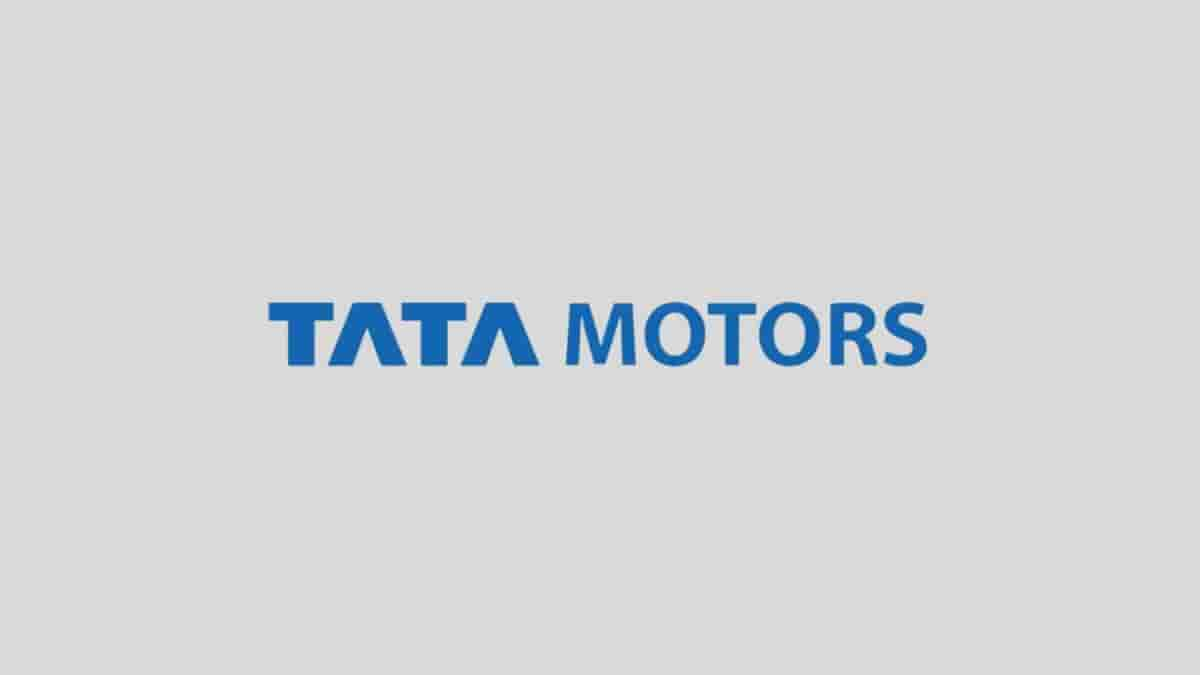Tata Motors Q2 FY25 Results: Revenue Dips Amid Challenging Market Conditions; Focus Remains on Recovery and Expansion

Tata Motors Ltd. (TML) has announced its financial results for the quarter ending September 30, 2024, reporting a consolidated revenue of ₹101.5K crore, a year-on-year decline of 3.5%, primarily impacted by external supply chain disruptions and softened market demand. Despite this, the company remains optimistic about growth prospects in the upcoming quarters, driven by easing supply issues and festive season demand.
Consolidated Highlights: For Q2 FY25, TML posted an EBITDA of ₹11.6K crore, reflecting an EBITDA margin of 11.4%, down 230 basis points. EBIT stood at ₹5.6K crore with a margin of 5.6%, representing a decline of 190 basis points. Profit before tax (PBT) before exceptional items dropped to ₹5.8K crore, down by ₹391 crore from the previous year. However, on a half-year basis, TML reported a strong PBT before exceptional items of ₹14.6K crore, an improvement of ₹2.9K crore year-on-year.
Jaguar Land Rover (JLR): JLR’s revenue fell by 5.6% to £6.5 billion, attributed to supply constraints, notably in aluminium, and additional quality checks on certain models. The EBIT margin dropped to 5.1%, a decline of 220 basis points year-on-year. Looking ahead, JLR expects a strong recovery in production and wholesale volumes as supply conditions stabilise, supporting their year-end revenue target of approximately £30 billion and an EBIT margin of at least 8.5%.
Key highlights include:
- H1 FY25 revenue of £13.7 billion, flat year-on-year.
- £250 million investment in electric vehicle production at the Halewood facility, part of the ongoing Reimagine strategy.
- Resilient demand for the Range Rover Electric and upcoming product launches, with over 48,000 clients on the waiting list.
Tata Commercial Vehicles (CV): The commercial vehicle segment saw a 13.9% revenue decline to ₹17.3K crore in Q2 FY25, affected by reduced infrastructure activity, mining slowdown, and adverse weather conditions. However, EBITDA margin improved to 10.8% (up 40 basis points), supported by cost savings in raw materials. H1 FY25 EBITDA margin for the CV business was 11.2%, up 120 basis points year-on-year.
Executive Director Girish Wagh commented, “Though Q2 was challenging for the CV industry, we anticipate a gradual recovery in Q3, helped by improved infrastructure spending and festive season demand.”
Tata Passenger Vehicles (PV): Passenger vehicle revenues declined by 3.9% year-on-year to ₹11.7K crore, with an EBITDA margin at 6.2%, down by 30 basis points. Sales were impacted by weaker demand and subsidy reductions on EVs. Tata Motors continues to leverage its multi-powertrain strategy, with an expanded portfolio including electric and compressed natural gas (CNG) models, such as the newly launched Tata Curvv and Nexon iCNG. Market response to these launches has been positive, with a robust booking pipeline.
Shailesh Chandra, Managing Director of TMPV and TPEM, noted, “Our strategic new launches are driving strong consumer interest. In October, we achieved our highest monthly registrations, which helped reduce inventory levels and positions us well for the coming quarter.”
Financial Outlook: Looking ahead to H2 FY25, TML is cautiously optimistic, with anticipated improvements in JLR wholesales as supply constraints ease, a seasonal boost in domestic demand, and continued focus on cost management across segments. The company expects to achieve a net debt-free status by year-end.
Tata Motors’ CFO PB Balaji expressed confidence in the business’s resilience: “Despite the challenges faced this quarter, we are well-positioned for a stronger H2. With supply issues easing and demand picking up, we are focused on maintaining our momentum and driving growth and free cash flows.”


